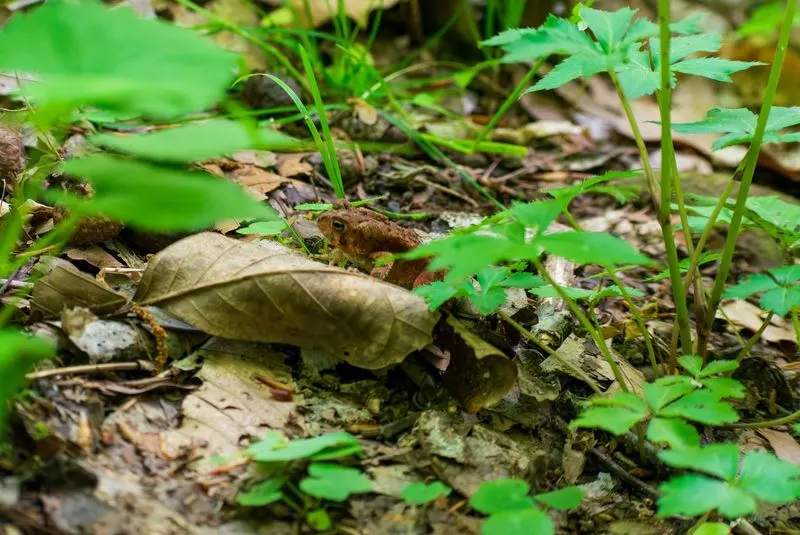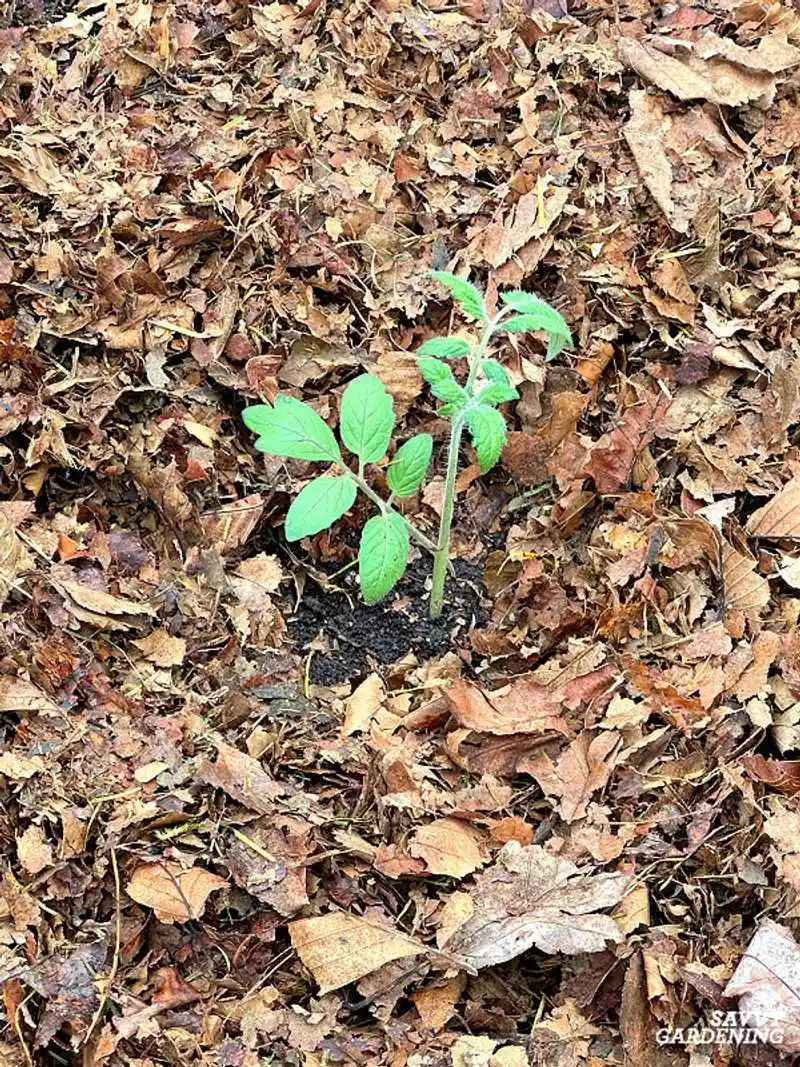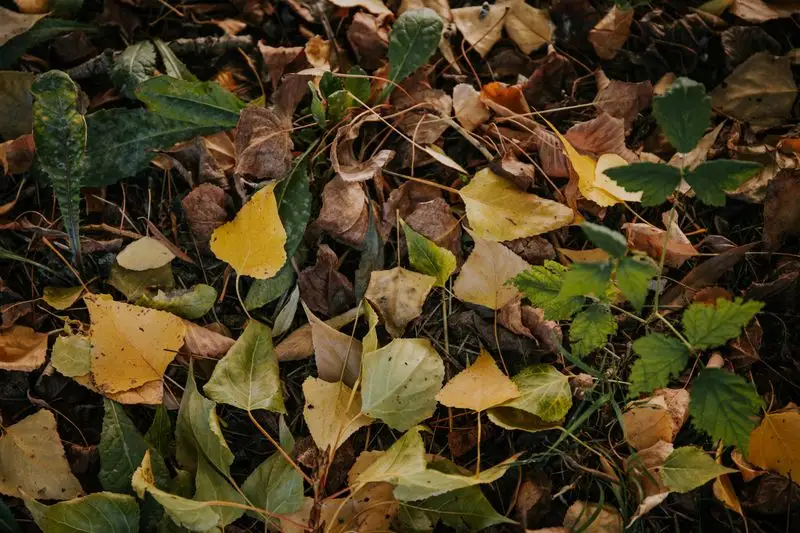Those crisp fallen leaves covering your garden aren’t a mess—they’re a natural gift to your soil. Instead of bagging them up, letting leaf litter remain in place creates a thriving ecosystem right beneath your feet.
Leaf litter acts as a protective blanket, conserving moisture, insulating plant roots, and feeding beneficial microbes and fungi. Over time, it enriches your soil, reduces the need for fertilizers, and supports healthier, more resilient plants.
In this article, learn why you should let leaf litter stay on your soil—and how this simple choice can lead to a more vibrant, sustainable garden.
Nutrient-Rich Mulch

Nature’s recycling at its best, fallen leaves break down and transform into nutrient-rich mulch. This organic layer acts as a protective blanket, locking in moisture and reducing the need for watering. It also curtails weed growth, saving time spent on weeding. As leaves decompose, they release vital nutrients back into the soil, improving its fertility. The cycle of decay and renewal mimics forest ecosystems, fostering a balanced garden environment. Next time you’re tempted to sweep them away, think of the hidden benefits nestled within these natural treasures.
Habitat for Wildlife

Beneath the crunchy surface, leaf litter teems with life. Insects, spiders, and small mammals find refuge in this organic habitat. These creatures play vital roles in pollination and pest control. Gardens with leaf litter become thriving ecosystems, supporting biodiversity right in your backyard. Embracing this natural layer invites a lively community of beneficial allies, enhancing your garden’s health. Witness the dynamic interplay of life as it unfolds quietly underfoot. It’s like hosting a vibrant mini-wildlife sanctuary, all thanks to a simple layer of leaves.
Soil Structure Improvement

Leaf litter contributes to the formation of humus, an essential component of healthy soil. Humus improves soil structure by enhancing its ability to retain moisture and nutrients. This leads to robust plant growth and resilience against drought. As leaves decompose, they create air pockets that aerate the soil, promoting root development. The result is a garden that thrives with minimal intervention. Consider how the forest floor thrives naturally; leaf litter is its secret weapon. By mimicking this process, gardeners can cultivate a vibrant, self-sustaining environment.
Erosion Control

Leaves create a protective barrier against soil erosion, especially on sloped areas. During heavy rains, this layer absorbs the impact of raindrops, reducing surface runoff. By holding soil in place, leaf litter prevents nutrient loss and preserves the landscape’s integrity. This natural armor is particularly beneficial in areas prone to erosion. Imagine your garden withstanding rainy seasons more effectively, thanks to the humble leaf layer. It’s a simple yet effective way to maintain your garden’s structure and health without additional resources.
Cost-Effective Gardening

Keeping leaf litter means fewer trips to the garden center and reduced spending on commercial mulches. The natural mulch provides the same benefits without the price tag. It also cuts down on waste, as there’s no need to bag and dispose of leaves. Consider it a budget-friendly, eco-conscious gardening choice. This approach aligns with sustainable practices, making garden maintenance both economical and environmentally responsible. Letting leaves lie is not just affordable; it’s a savvy gardening strategy that aligns with nature’s rhythms.

